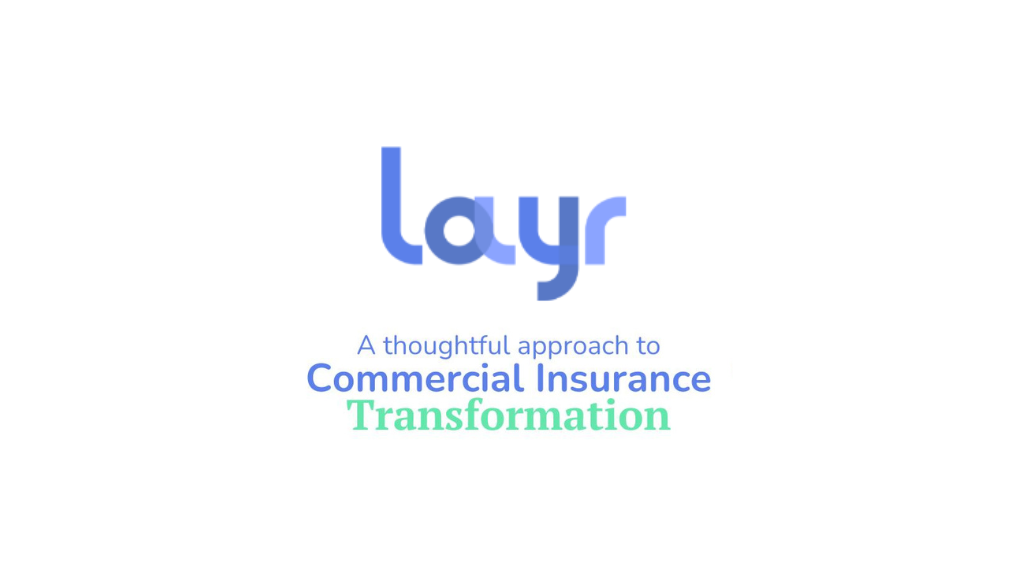BLOG POST
Signs You Are Overpaying for Business Insurance
By The Layr Team | 02/17/2017
There are millions of small businesses in the United States. More than 25 million in fact. However, based on a recent study by Score, the majority of the American workers will be freelancers by 2027. That means there will be close to 50 million additional small businesses with only one employee. So, if you’re an already-small business owner, this quick guide will help you determine if you might be paying too much for your business liability insurance coverage.
Perform a quick Google search and you’ll quickly learn that most small businesses with multiple employees pay between $250 and $1,250 per month in property and casualty (liability) insurance while sole proprietors and freelancers are paying as little as $50 per month and up to a few hundred dollars per month. Do your insurance costs fall within these ranges? If not, there is a good chance that you are paying too much.
So what causes the fluctuation among the prices that small businesses pay for insurance? First, there are only a handful of insurance companies that can properly insure small businesses. Given that insurance is regulated by each state individually, only the largest insurance companies with the resources to comply with 50+ different sets of regulation can adequately insure any given business. This also means that smaller insurance companies can’t offer all the necessary coverage in every state. As a result, you can’t take advantage of the multi-policy discounts which can result in significant savings.
Check your policies to see if you are with one of the top A-rated insurance companies. They include carriers like CNA, Chubb, ACE, Philadelphia, Hartford, and Travelers. If your insurance company isn’t on this list, there’s a higher chance you’re overpaying.
Next, confirm that the amount of insurance you have is actually appropriate for your business. Nobody wants to pay for more coverage than they actually need, but in many circumstances, a small businesses’ insurance requirements don’t generate enough profit for a traditional insurance agent to get excited about selling the coverage and servicing the account. As a result, the agent becomes incentivized to sell the small business owner insurance policies they don’t need or higher limits than they need in an effort to generate a larger commission. If you are a small business with less than $1,000,000 in annual revenue, you probably don’t need a $5,000,000 umbrella policy limit that is costing you several hundred dollars per month. At Layr, we created a free instant insurance quote that helps quickly educate business owners on the specific insurance policies they need or don’t need and about how much they can expect to pay for them. Give it a try to see if you’re currently paying for policies you don’t need or if you’re overpaying for the policies you do need.
Finally, rating factors are also key in determining proper insurance pricing. The rating factor for your company can be found within your insurance policy documents. Revenue is one of the most important rating factors insurance carriers consider. If the revenue figure being used to rate your company is greater than your expected revenue, then you are definitely paying too much for your commercial insurance. Unfortunately, some agents and underwriters unnecessarily inflate these figures resulting in a higher premium.
If you discover you’re currently overpaying for insurance or you’ve been sold insurance that you don’t actually need, remember that insurance can be canceled or changed anytime and even if you’ve already paid for an entire year upfront. At Layr, we’ve also made it extremely easy to transfer your current policies to our platform where coverage can be removed, added, or adjusted.





